Mica bijuterie cu fresce bizantine din secolele X-XVI se află ascunsă în centru, aproape de Piazza del Popolo. Biserica San Pietro (Sf. Petru) a fost probabil prima basilică construită în orașul ridicat la rang de metropolă în 968. Ea este considerată cea mai înaltă expresie a artei bizantine în regiunea Puglia.
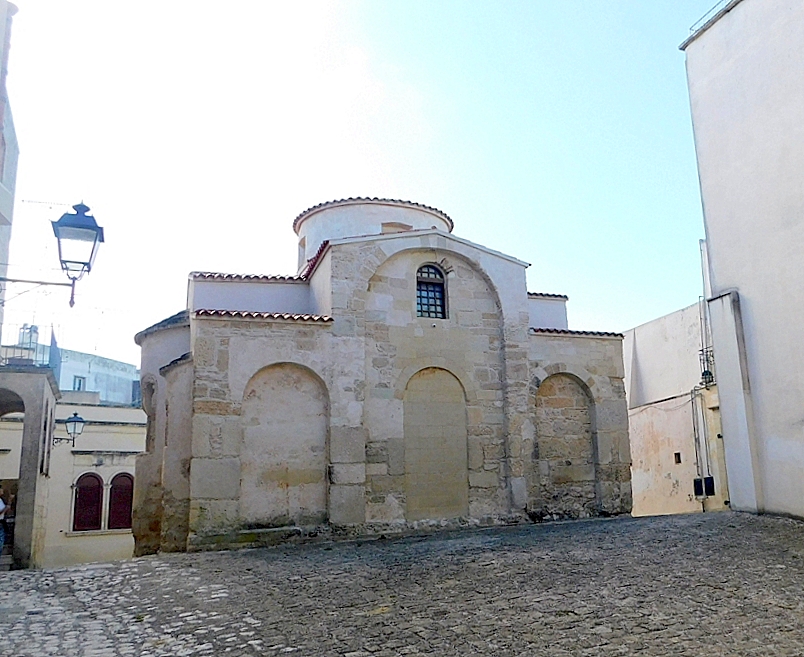
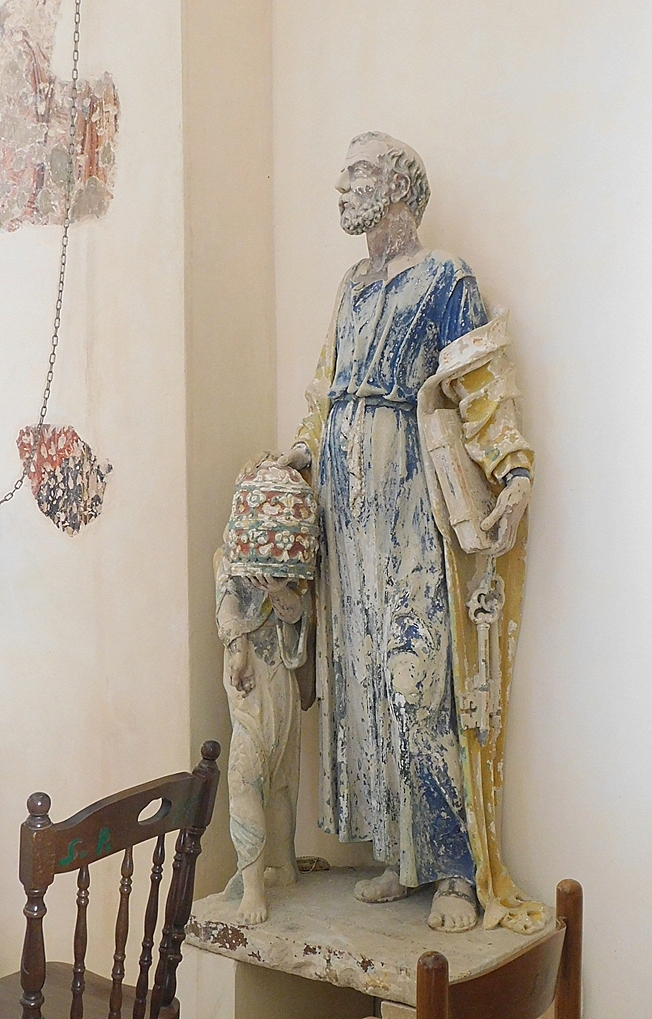

Datarea bisericii a constituit subiect de controverse dar, în cele din urmă, analiza structurii sale, a inscripțiilor în limba greacă veche și a frescelor, a situat-o în secolele IX-X.
Ea are planul unei cruci grecești, iar interiorul este acoperit de un dom care este susținut de patru coloane. Altarul care se vede acum în nava centrală a fost ridicat în 1841.
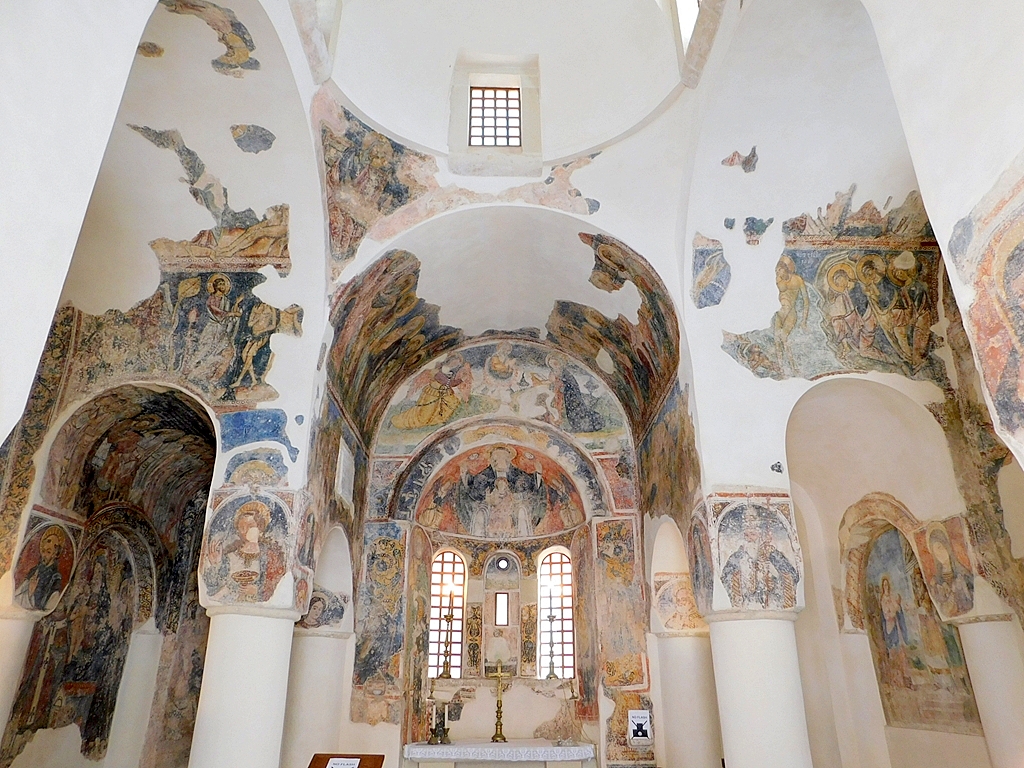
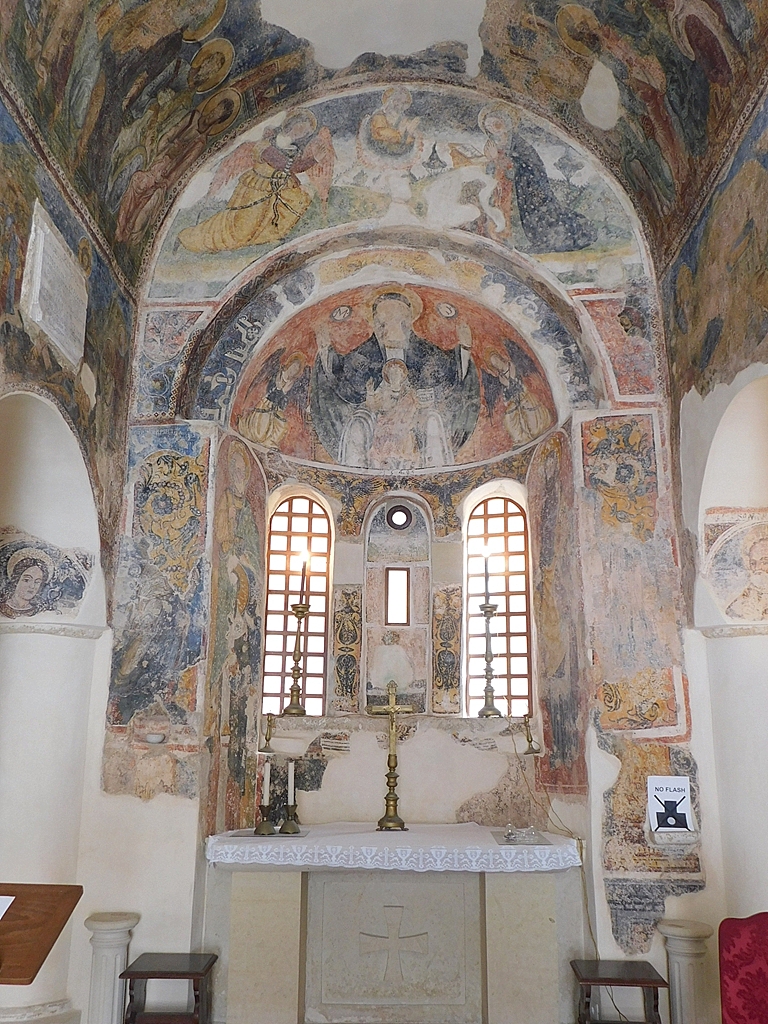
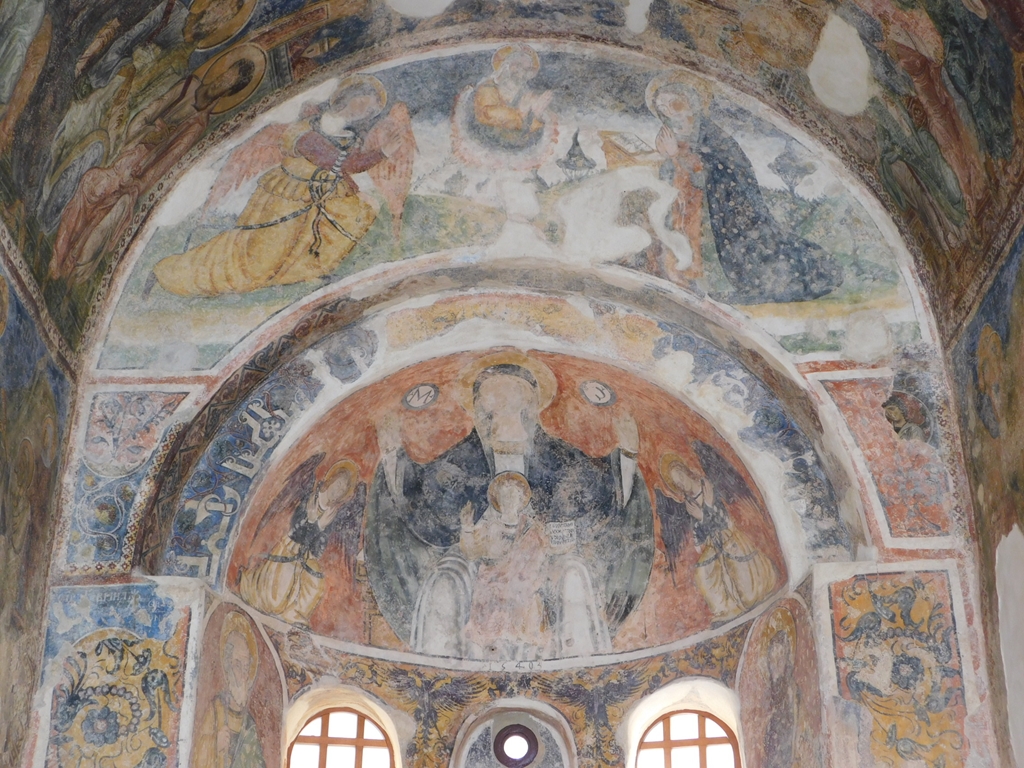
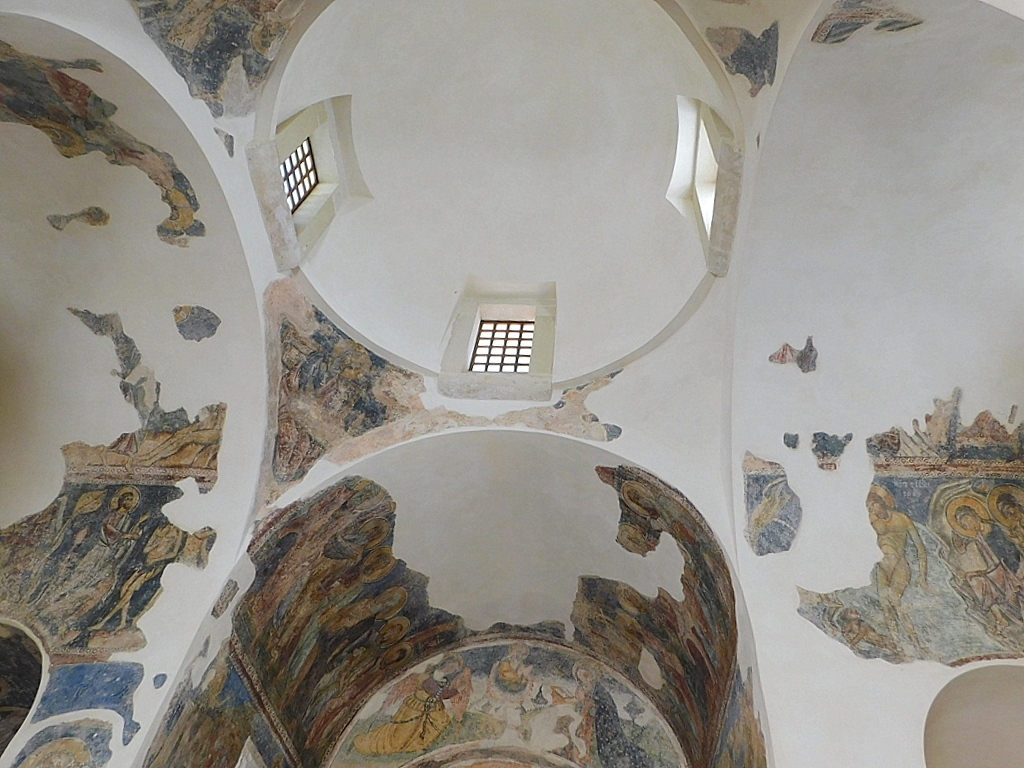
Cele mai vechi fresce sunt cele care reprezintă Spălatul picioarelor, arătându-l pe Isus ridicând piciorul Sf. Petru și Cina cea de taină.
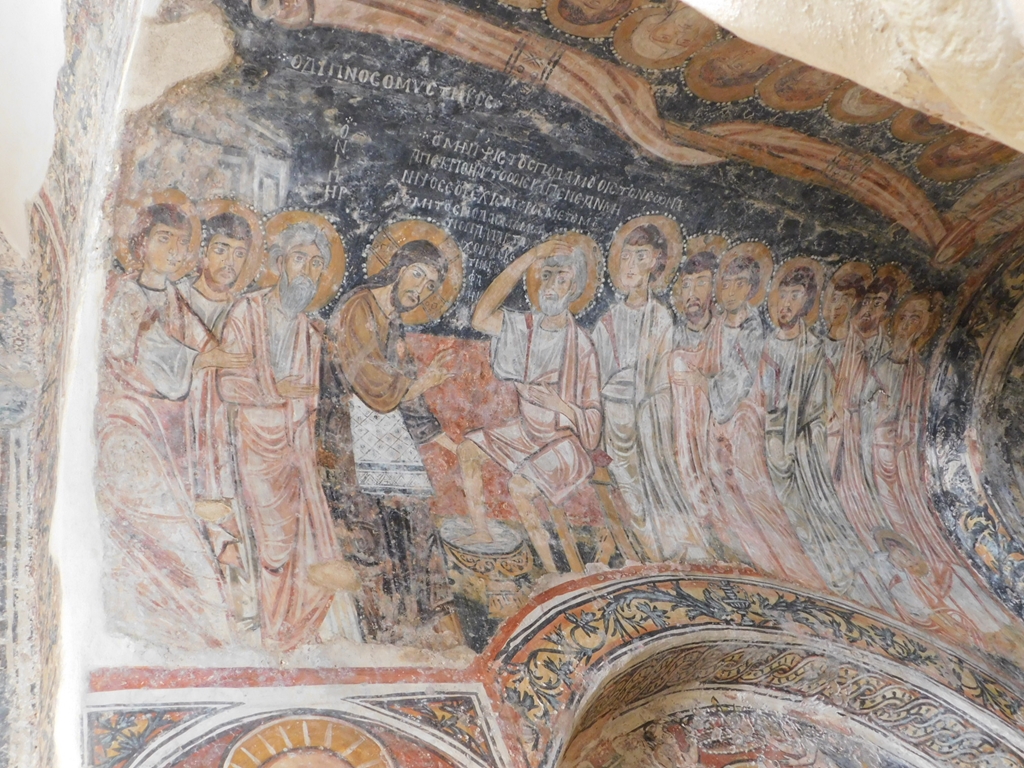
Din secolul XIV ar data scenele cu Nașterea lui Isus, Rusaliile și Învierea, iar diversele figuri de sfinți și scena Prezentării în templu, ar fi din secolul XVI.
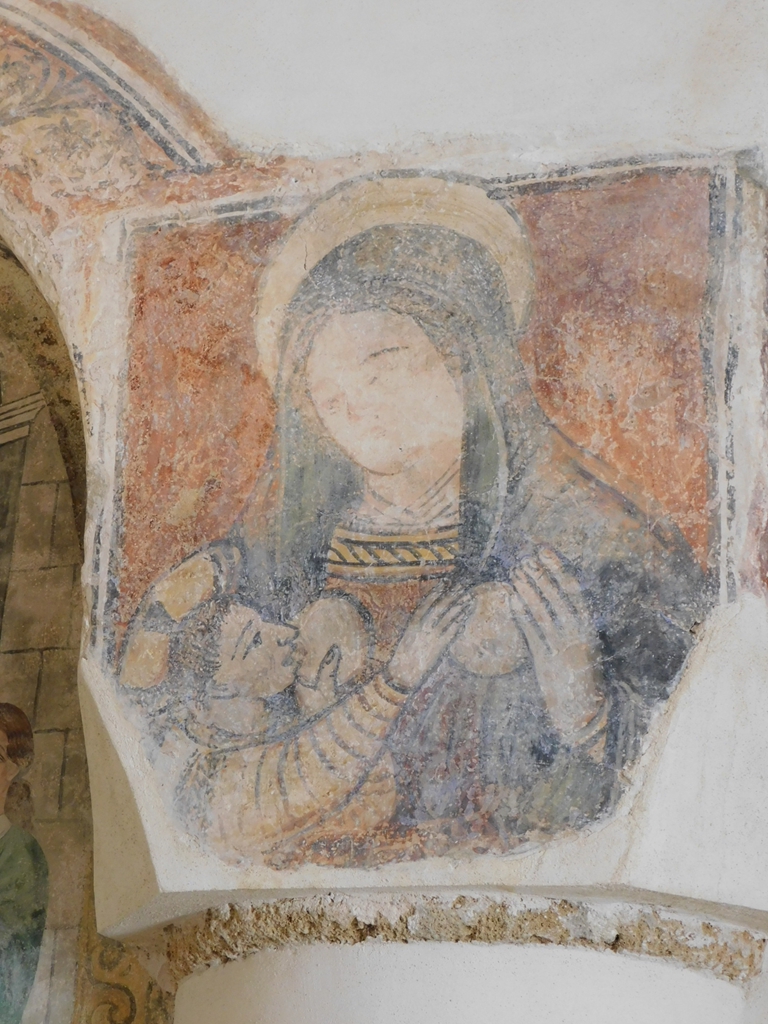
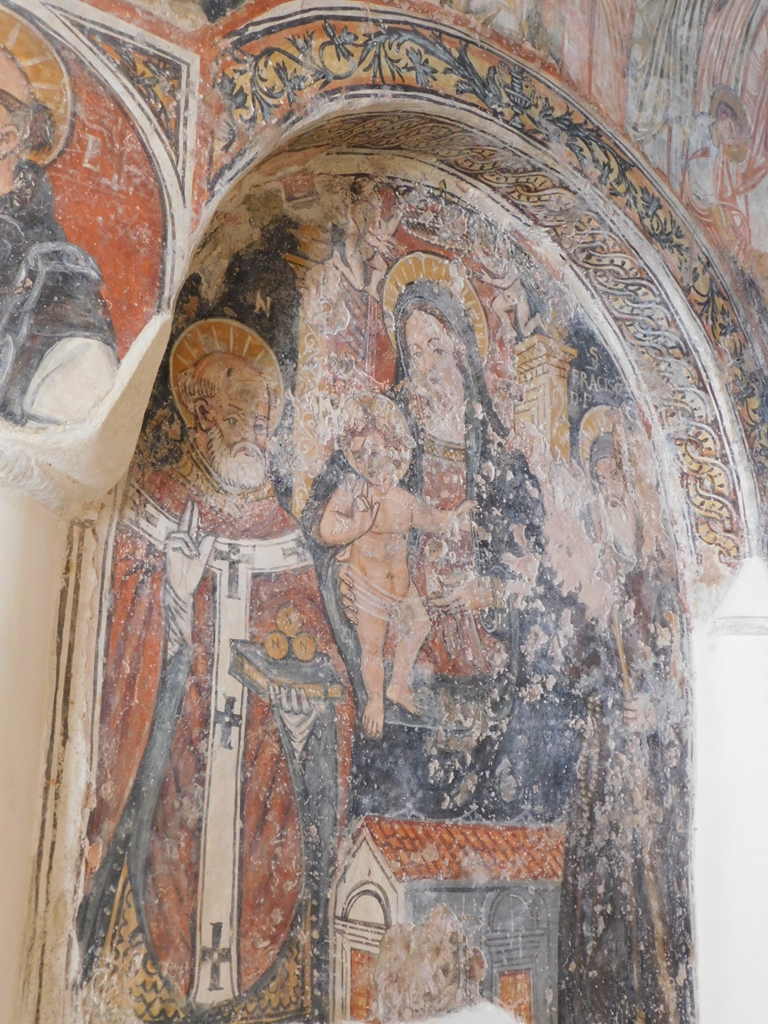
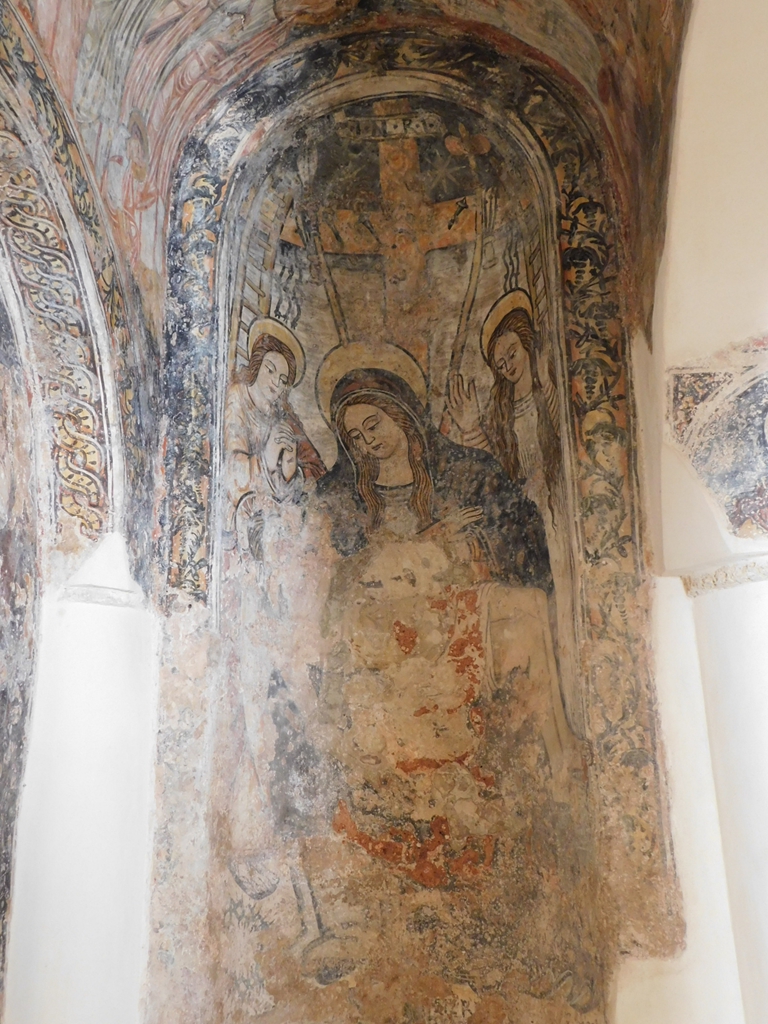
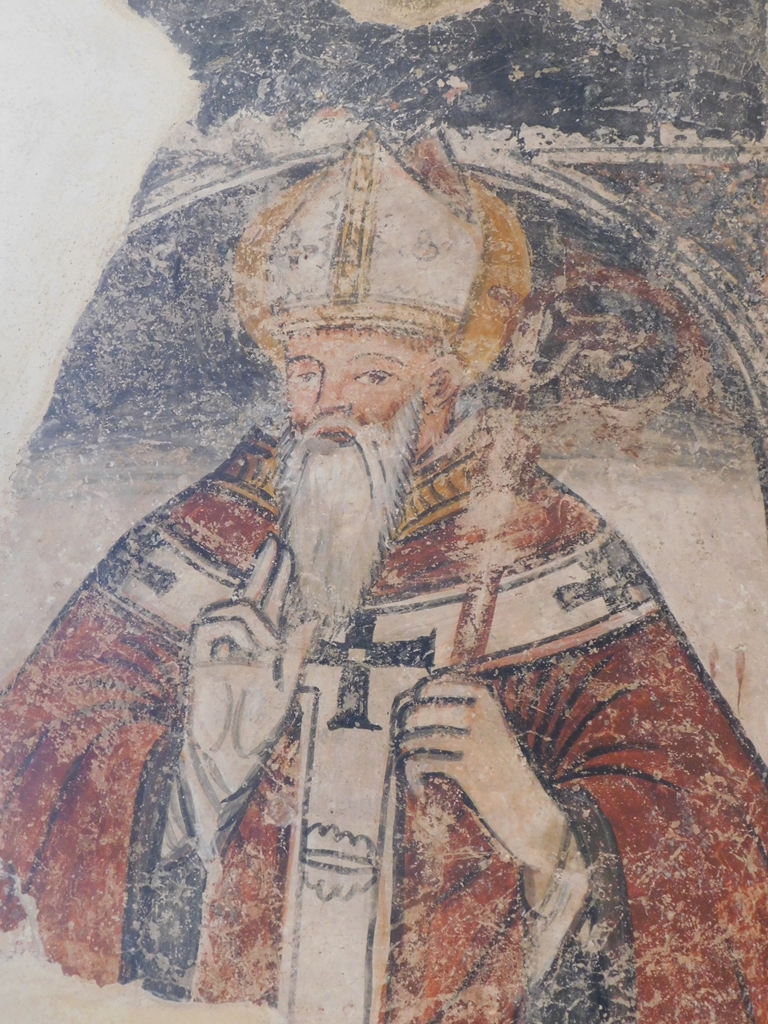
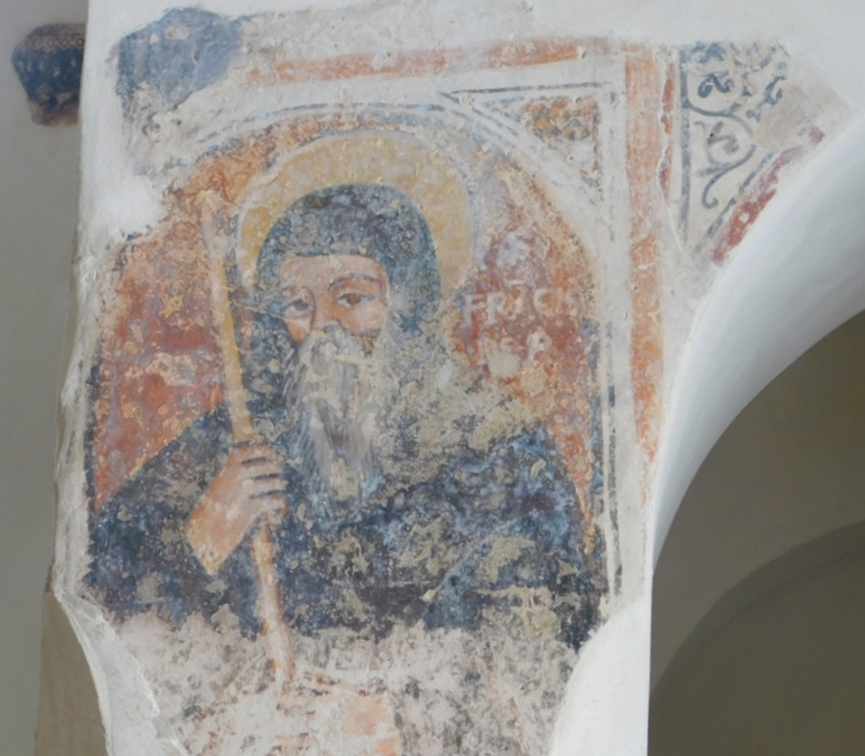
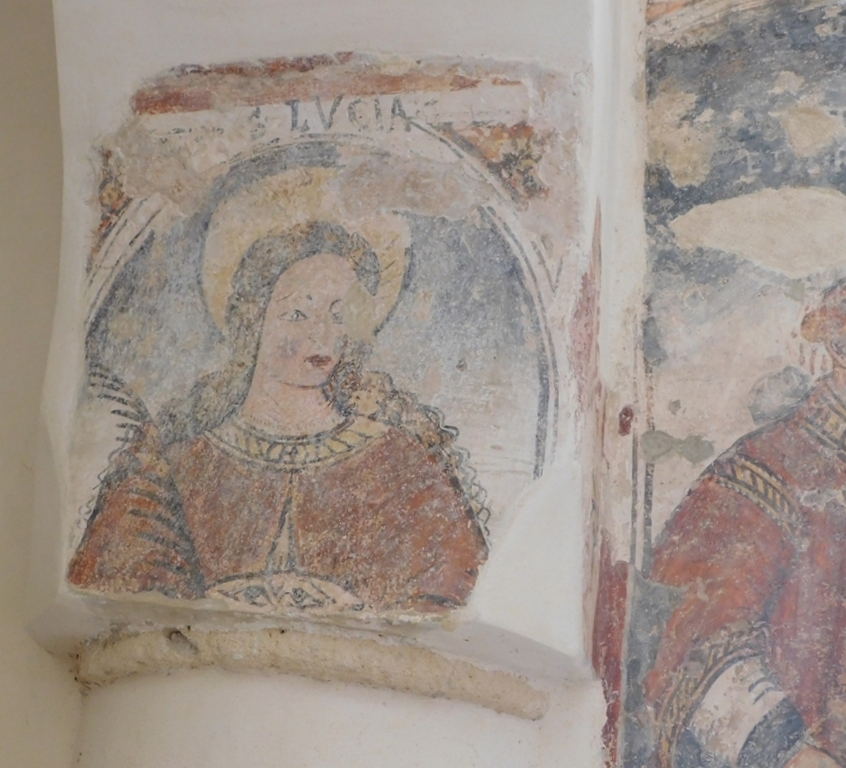
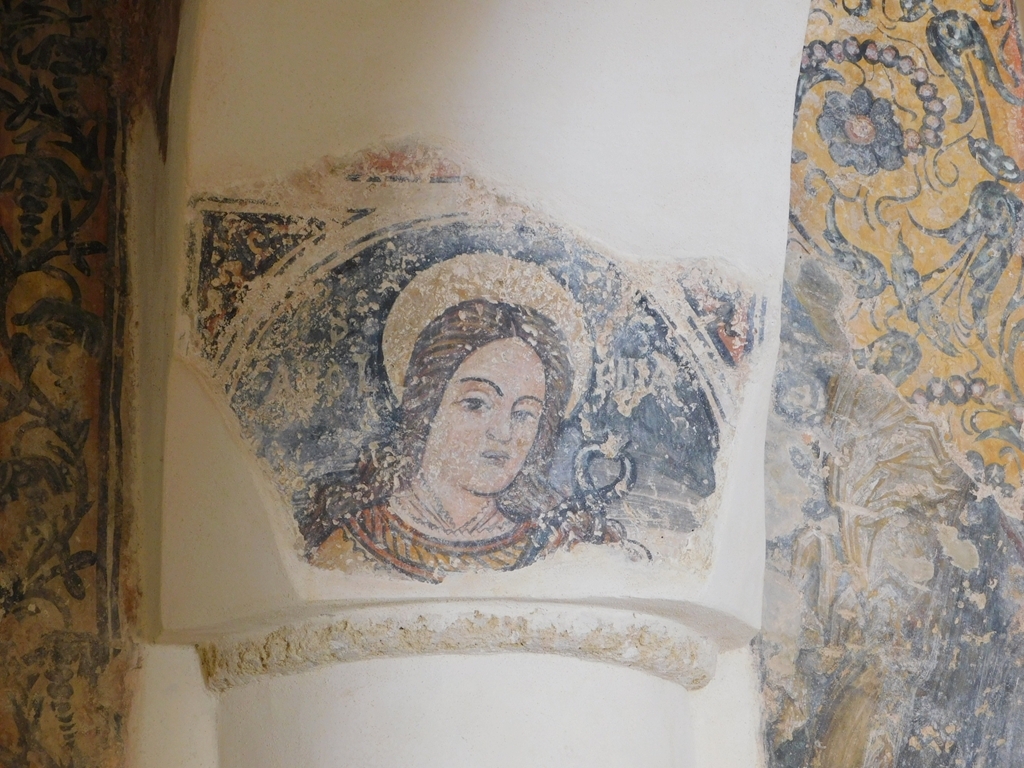
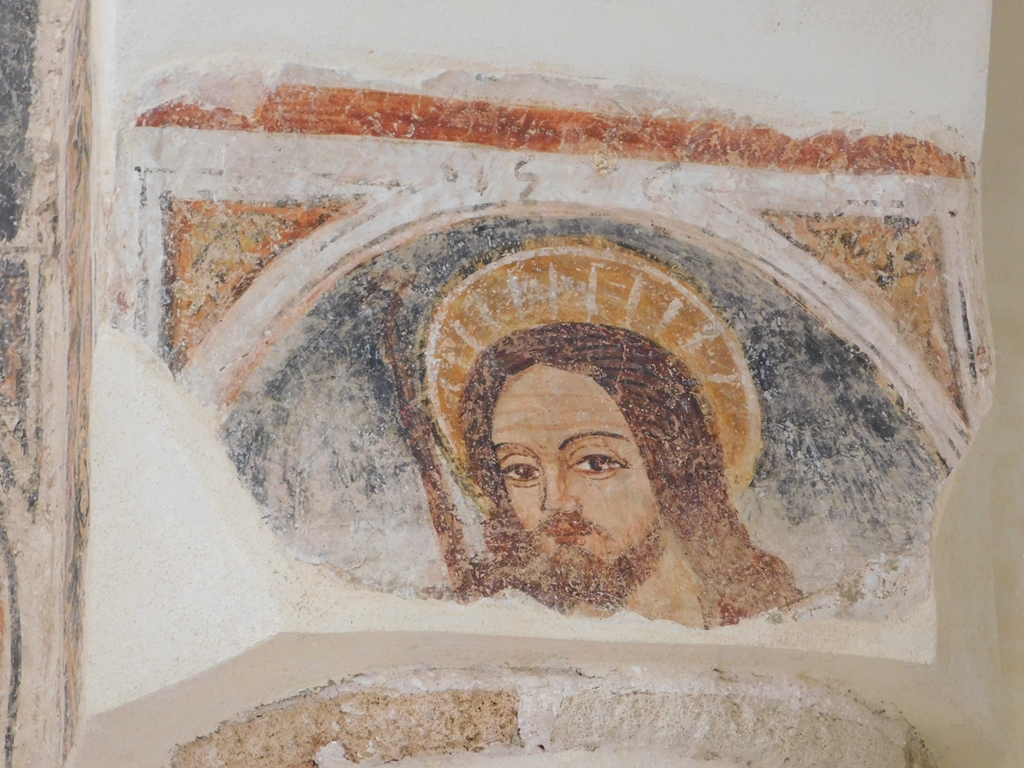
Biserica, scăldată în lumină, e plină de mișcare și culoare. Chiar dacă multe fresce sunt vizibile doar parțial, ele păstrează fiorul artistic al pictorilor de demult, care le-au dat viață.
Intrarea în Biserica San Pietro este liberă, un motiv în plus să nu ocoliți acest obiectiv atât de important pentru istoria artei religioase în Puglia.
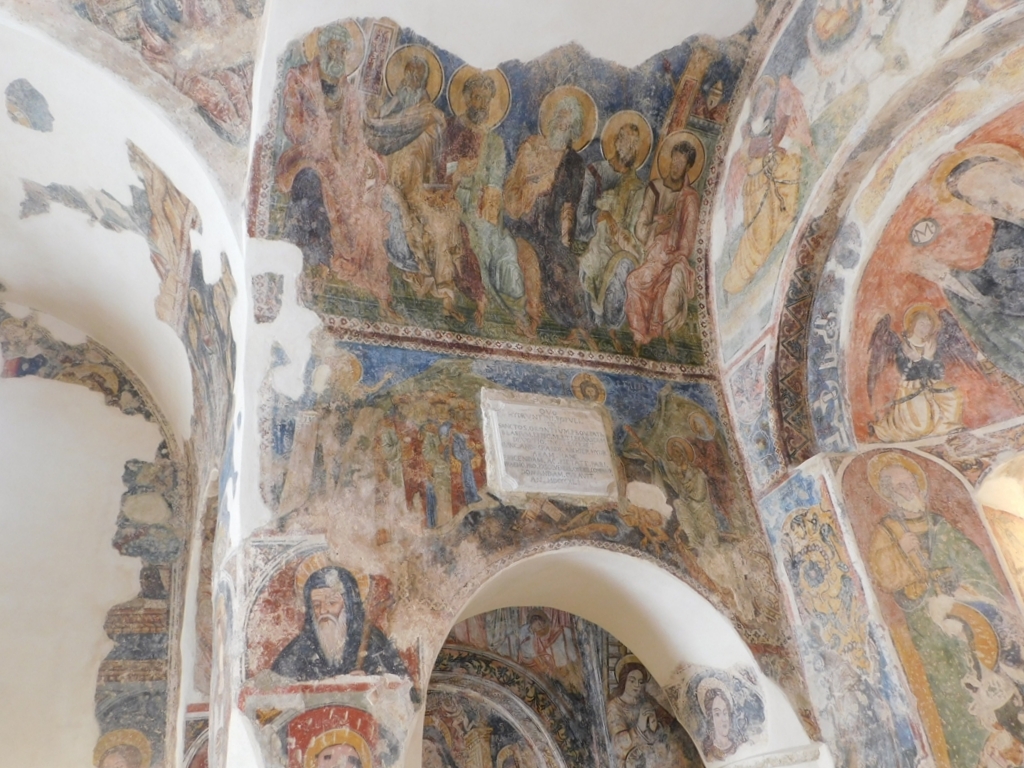
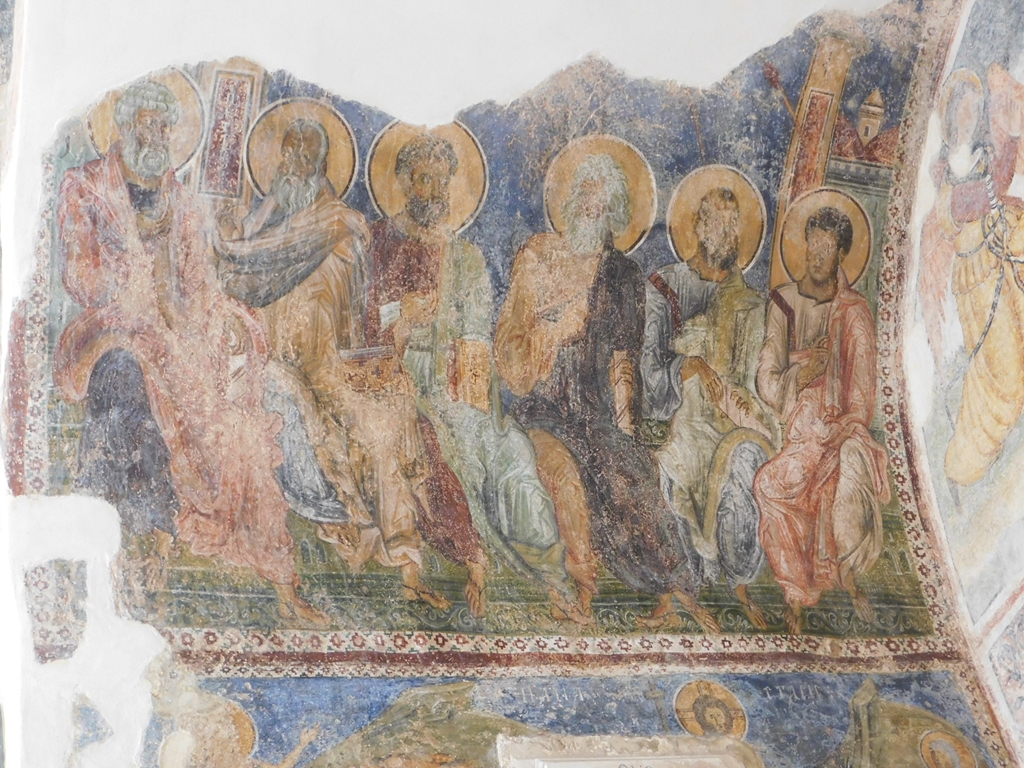
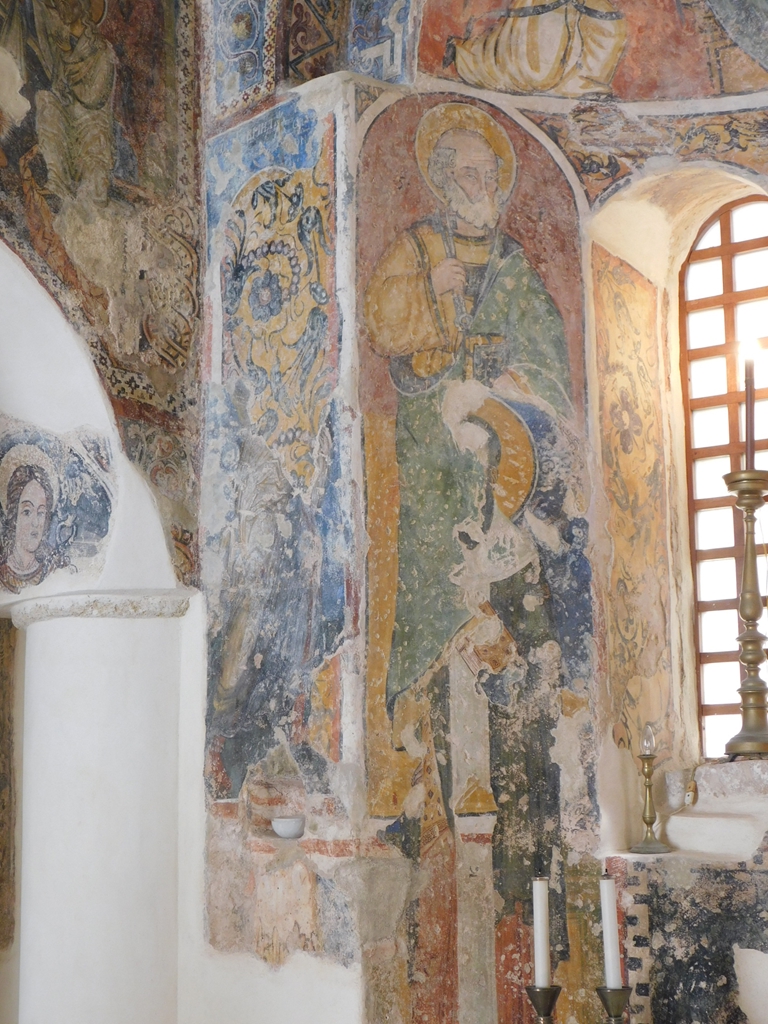
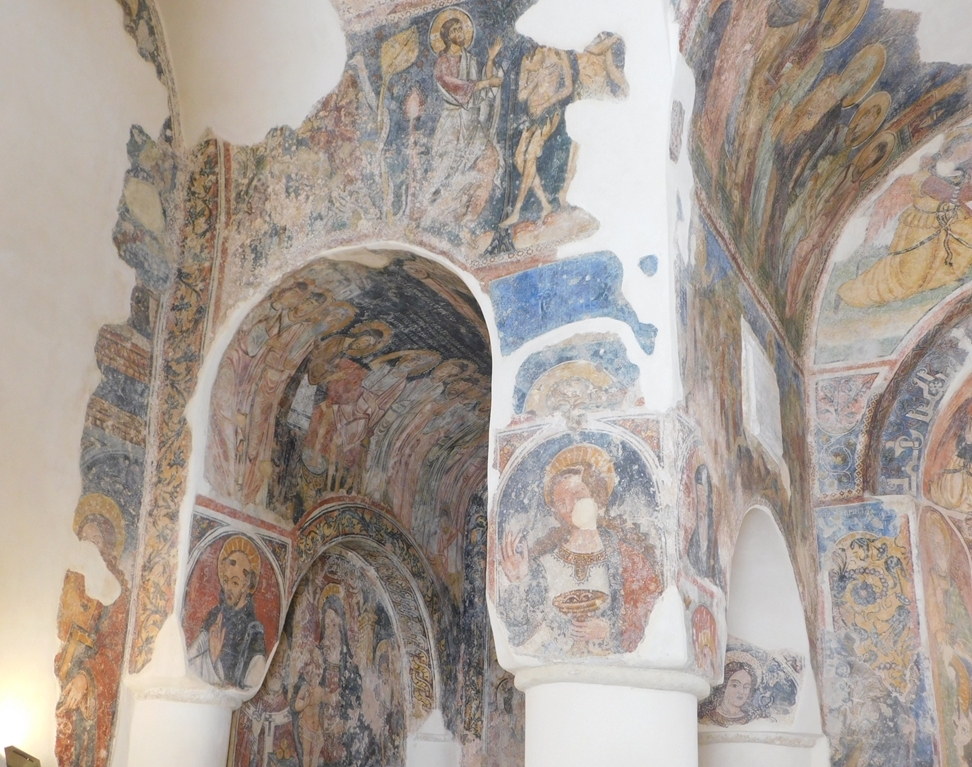
Otranto San Pietro Byzantine Church
The San Pietro Byzantine Church can be visited (entrance: free) near the Piazza del Popolo, in Otranto.
Byzantine frescoes from the Xth.-to XVIth. centuries are to be admired. The oldest are Lavender of the Feet (Feet Washing) and The Last Supper. The inner architecture is very simple, with three naves and a dome sustained by white stone pillars.
This is considered to be the highest expression of the Byzantine art in Puglia. Don t miss it!

I’ve never seen Byzantine frescoes before.They’re beautiful!
The bible stories paintings,we have almost no occasion of seeing them in Japan.
Every painting has its meaning,I guess.
Thank you for sharing these nice pictures.
There have been such frescoes in other places too. For example, if you click on Italy (right column), and then you search the two articles about MATERA, you will see the frescoes in both of them, especially in the second one. It is amazing how well are some of them preserved.
I see.I’ll visit those articles. Thank you!